

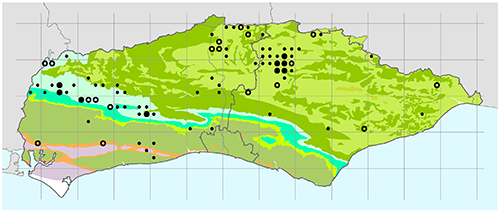
Figure 1. Distribution of Hieracium umbellatum in Sussex.
Small black dots: pre-2000; open circles: 2000-2016; large black dots: present before 2000 and between 2000 and 2016.
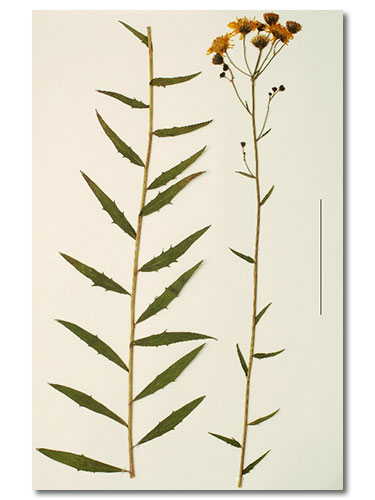
Figure 2. Specimen from Lavington Common showing typical leaf shape and toothing.
Scale bar 10 cm.
Hawkweeds (Hieracium L.) are perennial herbs in the Daisy (Asteraceae) family without stolons or rhizomes. The stems have from one (rarely none) to many leaves, arranged alternately, with or without a basal rosette at flowering. The number of capitula varies from one to many and the phyllaries are arranged in several rows. The pappus is a single row of simple hairs. With the sole exception of H. umbellatum which is sexual, reproduction is almost exclusively asexual by a process known as apomixis in which fertilisation and meiosis is avoided, each gamete containing just a complete set of female chromosomes. Thus, the offspring are clones and all identical, although some characters may be modified by environmental factors.
Some 400 Hieracium species are known in Britain and Ireland but only 58 of these have been recorded in Sussex, of which 19 are almost certainly now extinct in the county. Most extant species have shown a progressive decline mainly due to habitat loss from factors such as urbanisation and changes in agricultural practice. Heathland, the major habitat for H. umbellatum (Figure 5), has perhaps suffered the most serious national decline. Many heaths which were open a century ago are now lost either to afforestation or secondary woodland development due to a lack of animal grazing. Most heaths which are grazed now require expensive fencing to prevent livestock encroaching roads, something quite unnecessary before the age of cars. Urban development, sand excavation, farming and general neglect are other important factors.
Hawkweeds can superficially resemble other yellow-flowered genera of Asteraceae, but they can usually be fairly easily separated. Keys often rely on achene and pappus features but these are not always available for examination. Pilosella (Mouse-ear Hawkweeds) differs by the presence of stolons. Crepis (Hawk's-beards) can usually be separated by the combination of glabrous stems, stem-leaves with pointed bases clasping the stem and phyllaries arranged in two distinct rows. Hypochaeris (Cat's-ears) can be distinguished by the presence of receptacle scales in the capitulum. Scorzoneroides (Hawkbit) is separated by the narrow, usually deeply-lobed and glabrous leaves, together with a branched and mostly glabrous stem. The forked hairs on the leaves of Leontodon (Hawkbits) are diagnostic. Picris and Helminthotheca (Oxtongues) can be readily separated by the presence of hooked bristles on the leaves. Of the three Sonchus spp. (Sow-thistles) in Britain and Ireland, both S. asper and S. oleraceus are glabrous except for the capitula. S. arvensis can be separated by the pinnately-lobed leaves and dense yellowish glands on the upper parts of the plant.
Hawkweed identification can be difficult and usually depends on examination of various characters. These include the type and number of hairs on the leaves, peduncles and phyllaries; the arrangement, shape, colour, and toothing of the leaves; the shape of the inflorescence with the number and size of the capitula; the size, colour and hair covering of the phyllaries; and the colour of the fresh styles. Numerous attempts to classify the genus have been made and most recently British and Irish Hieracia were separated into 17 sections by Sell & Murrell (2006), six of which are represented in Sussex: Sabauda, Hieracioides, Tridentata, Oreadea, Vulgata and Hieracium. This arrangement has provided a good framework for further study of the genus, but some overlap remains where individual species possess characters which allow them to fit reasonably into more than one section. These ambiguities have hindered the design of an accurate sectional key, but hopefully future DNA studies will provide a clearer picture.
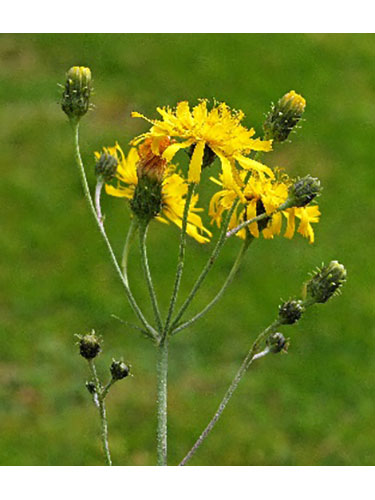
Figure 3. Typical umbellate inflorescence.
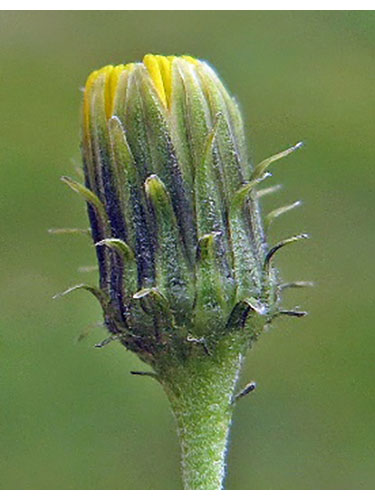
Figure 4. Capitulum showing reflexed tips of phyllaries.
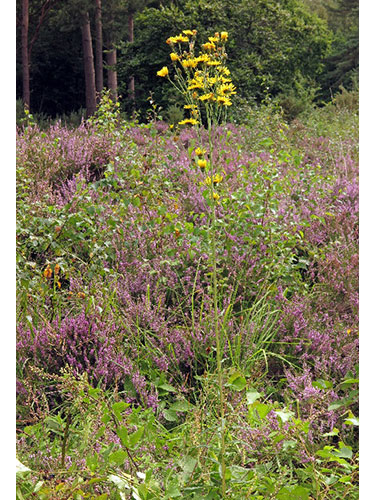
Figure 5. Robust specimen in typical heathland habitat.
Hieracium umbellatum is one of the most distinctive and easily recognised hawkweeds, flowering from late July until September. It is the sole member of section Hieracioides. Although the species includes three subspecies and several varieties, only one taxon, H. umbellatum subsp. umbellatum var. umbellatum is known in Sussex. This taxon is referred to in Figures 1-5 and is usually 30-80 cm tall; has linear, remotely toothed leaves which are usually crowded, mostly towards the base (Figure 2); few to numerous capitula with deep yellow ligules; phyllaries which are olive or blackish-green, obtuse at the apex, usually glabrous and have reflexed tips; and the styles are usually yellow.
The leaves with revolute, scabrid margins, the umbellate inflorescence (Figure 3), and the glabrous phyllaries which are reflexed at their tips (Figure 4) readily distinguish H. umbellatum from all other species.
The distribution of H. umbellatum in Sussex is shown in Figure 1, demonstrating a marked preference for the lighter well-drained soils of the Lower Greensand and the Hastings Beds on the High Weald. It is locally frequent in Ashdown Forest. Some fairly reliable location where plants may be seen are: Chapel Common. Over about 100m on the central reservation of the B2070, between SU82082819 and SU82182824; Ambersham Common. Over 10m on the east verge of New Road, just north of the car park area, at SU91361967; Parish Lane, Pease Pottage. On a rough grassy verge at around TQ26613294; Tilgate Forest. Many plants in rough grassland in heathy open woodland at TQ285342; and Ashdown Forest. Several sites north of Duddleswell on the wide grass verges of the B2026, such as TQ47342959, TQ4682531254, TQ4700530551 and TQ47043058. New locations, re-finds of pre-2000 records and confirmation of those listed above would be most welcome and should be reported to Bob Foreman at the Sussex Biodiversity Record Centre ( bobforeman@sussexwt.org.uk).
Mike Shaw August 2020
For a glossary of the terms used in this account either of the following should be of use:
https://en.wikipedia.org/wiki/Glossary_of_botanical_terms
https://florabase.dpaw.wa.gov.au/help/glossary
Every month it is our aim to highlight a species that is “in-season” and, although not necessarily rare or difficult to identify, has been highlighted by our local recording groups as being somewhat under-recorded and for which new records would therefore be welcomed.
If you or your recording group are aware of species such as this then please contact Bob Foreman.